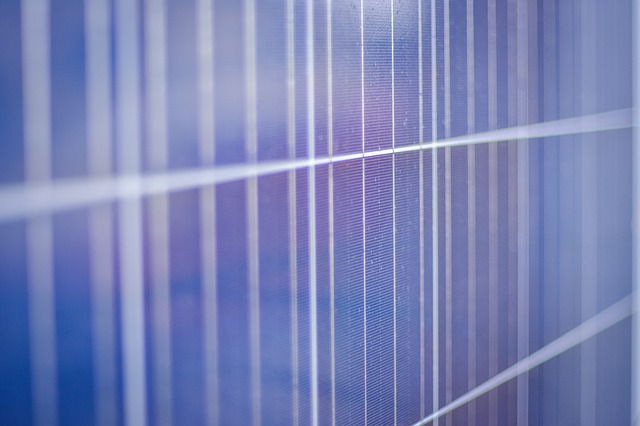By mid-2017, solar system installations across Australia had increased by 23 percent. Despite this being good news for the renewable industry, the high uptake of rooftop solar has also led to an oversupply of Small-Scale Technology Certificates (STCs).
Consequently, the trading price of STCs has dropped from $40 to their current price (early September) of $30.50. The drop in the STCs price will have a great impact on the overall amount of solar power rebate installers will transfer to consumers.
How the Australian STC system works
STCs are generated under the Clean Energy Regulator’s Small-Scale Renewable Energy Scheme. Basically, the scheme offers financial incentives to encourage solar companies to install more residential rooftop solar power systems.
The certificates are only created when eligible solar panels are installed. The certificates can then be sold at an open market to enable installers to recover part of their costs.
These can also be sold at the STC clearing house, where the price is fixed at $40. However, when the market is so heated, the sale of these certificates in the clearing house could be delayed.
Why the drop in price?
Based on previous years’ market activities, the Clean Energy Regulator sets STCs annual targets.
According to data from the Green Energy Markets, on average 245,700 STCs are required to fully meet the current target. Conversely, the average STCs for the period June to August 2017 was nearly 73% above the current target, to stand at about 425,000 STCs.
Marco Stella, a TFS Green Australia broker noted that based on the current trend, the Regulator will have to set a higher target for 2018 in order to absorb the existing surplus in the STCs market.
How should installers handle this?
Forward-looking operators in the industry saw the writing on the wall and went ahead to take measures to hedge their businesses against potential risks and losses such as those arising from the forwards market.
Unfortunately, most of them did not—especially the newer operators with no prior experience of STC price volatility.
Regardless of the events, small-scale solar PV system installers still have a few options:
- Sell their STCs at a discounted price to help recoup some costs
- Hold on to their STCs until the market price recovers before they can sell them
- Transfer the cost to customers by charging them higher prices for solar installations
- Sell off the certificates through the STC clearing house. However, this avenue may mean holding the certificates until the oversupply in the market dwindles. This could also delay the sale for many months.
Installers should stay alert while keeping their eye on the STC market. This will help them minimise the risks of price fluctuations and market volatility in the future.



